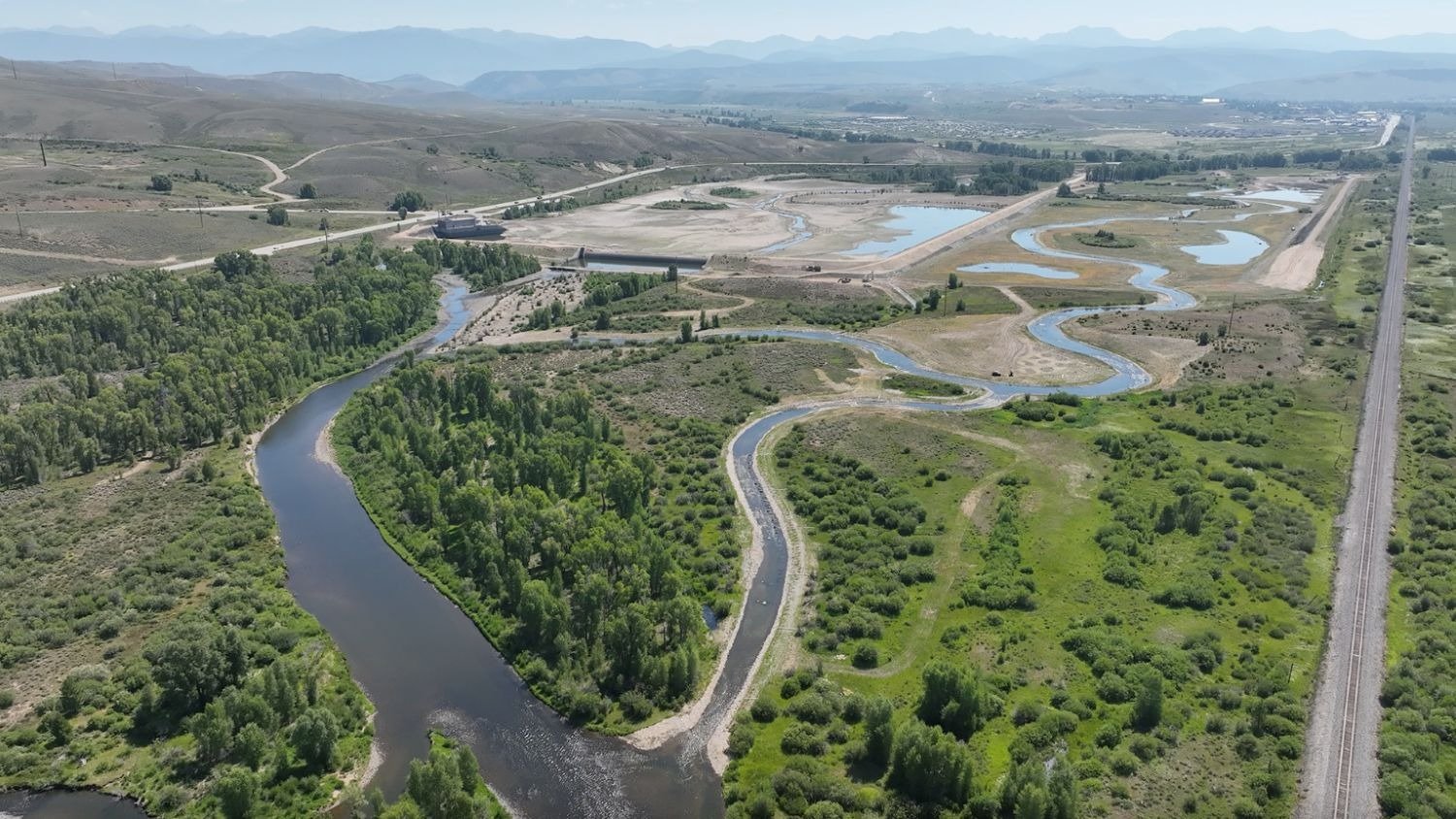By Fred Rasmussen and Karen Dils, Collegiate Peaks Anglers TU Chapter
Inspiring the next generation to experience the natural world is part of Trout Unlimited’s (TU) mission and the mission of the Collegiate Peaks Anglers chapter of TU. Since 1986, TU has taught hundreds of youth about the aquatic environment and fly casting and provided scholarships for students interested in studying conservation.
A new opportunity to more fully engage young people emerged when budget cuts forced Salida Public Schools to a 4-day school week. Using TU's Stream Explorers materials and lessons prepared by volunteers, our chapter provided a series of special conservation workshops during three-hour blocks every Friday for five weeks. The emphasis was on hands-on learning and scientific data collection.
During the first 2 weeks youngsters investigated the behavior of aquatic life including insects, shrimp and fish. They explored what life forms lived in their river, where they lived, their sizes, shapes and how and where they moved. Students did experiments exposing organisms, including fish, to hot and cold, light and dark and changes in gravity. Using their recorded data, they were asked to hypothesize on the effects of seasonal changes in temperature and light on the behavior of fish in their river. Then students tied flies that imitated the insects in the river.
During week 3 students reviewed their bug lessons and traveled to the river to learn how to “read” the water. Volunteers provided basic instruction on fly rods, gear, casting, basic knots, spin casting, and safety, including hook removal and catch-and-release techniques. Students practiced fly and spin casting. Youngsters took home activity sheets to identify organisms that live near the river and were charged with researching a fishing related website they found helpful on the internet.
Week 4 brought a snowstorm and a cold front. However, the students showed up in 25 degree clear weather. Utilizing the services of the Chaffee County Shuttle, we drove to Mt. Ouray Ponds. Students fished with fly and spinning rods in the lake and river. There were a few bites and 2 fish caught, but students mostly enjoyed the gorgeous day and being outside.
In week 5 students studied fish biology which included a lesson on the similarities between humans and fish. They visited the Fish Hatchery where they learned about fish rearing and observed fish scales and fry under microscopes. At the end of the day, our chapter invited parents to see their students “graduate” and provided pizza. All participants received Stream Explorer certificates, an Embrace a Stream Hat, t-shirt, and a folder with all kinds of good information to take home. Of 11 students who started, 6 earned Stream Explorer membership with Trout Unlimited by attending 80% of the sessions.
Our chapter reached its goal: teaching young people about the aquatic world. Due to the success of this program, the Collegiate Peaks Anglers TU Chapter plans to provide additional programs for youth – possibly including a series of winter fly tying sessions since many students were quite excited about their brief exposure to this art.








